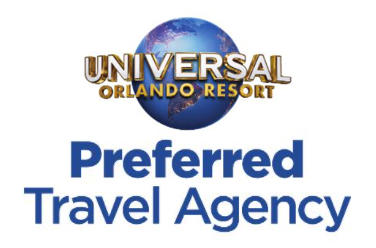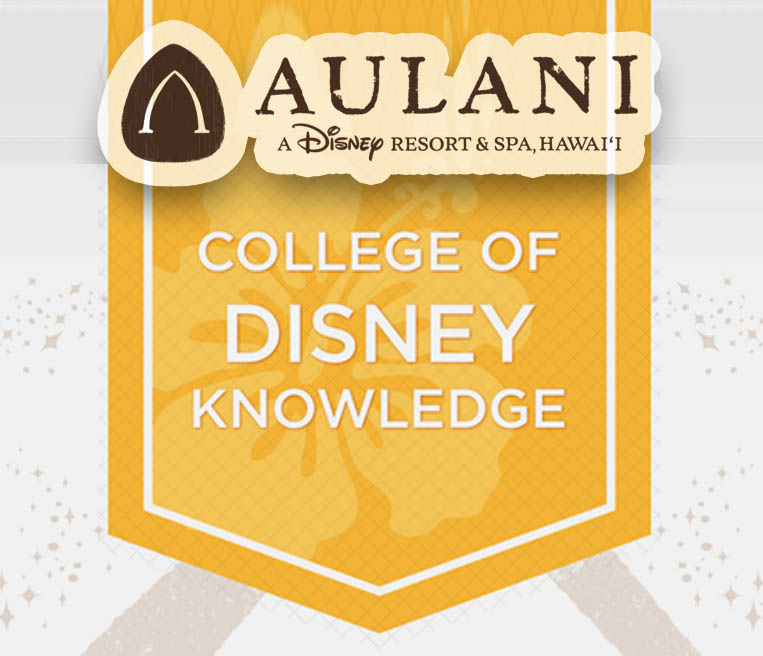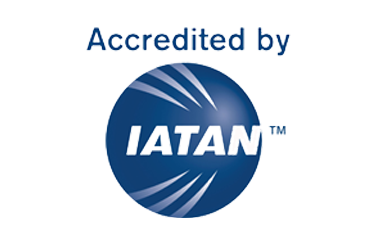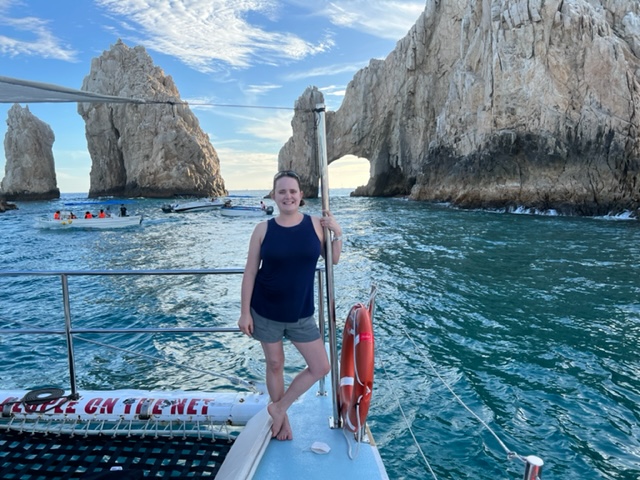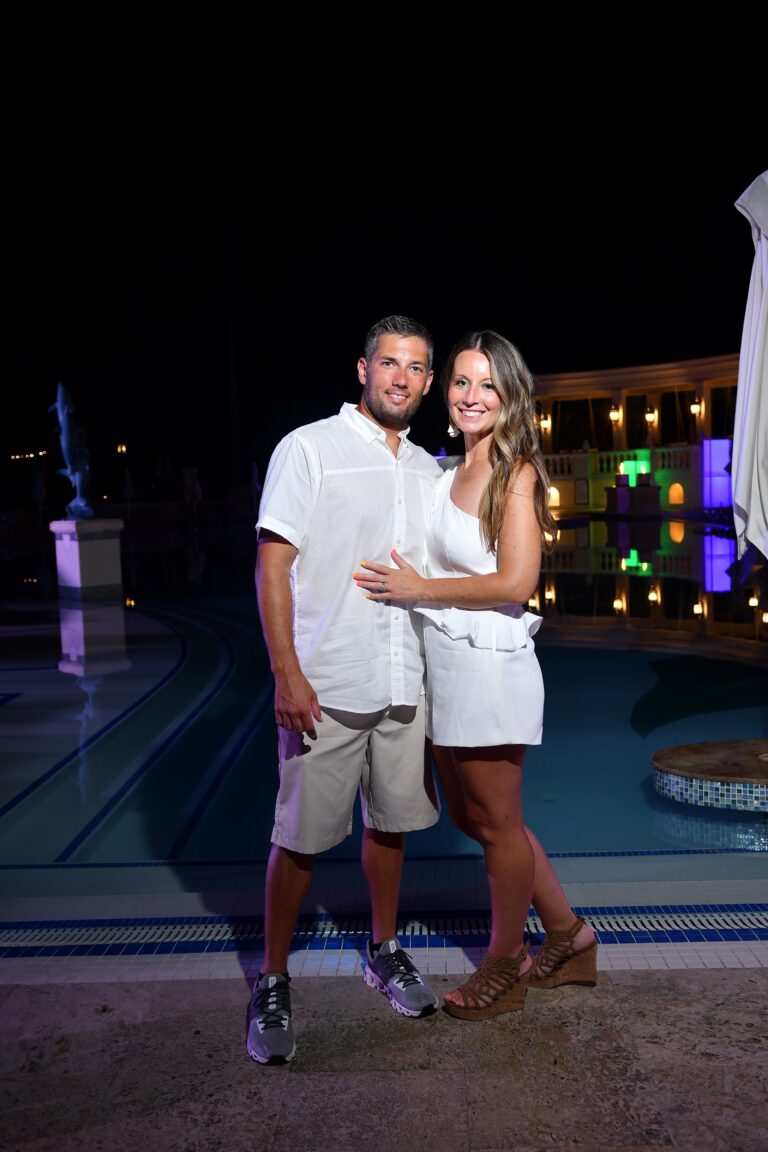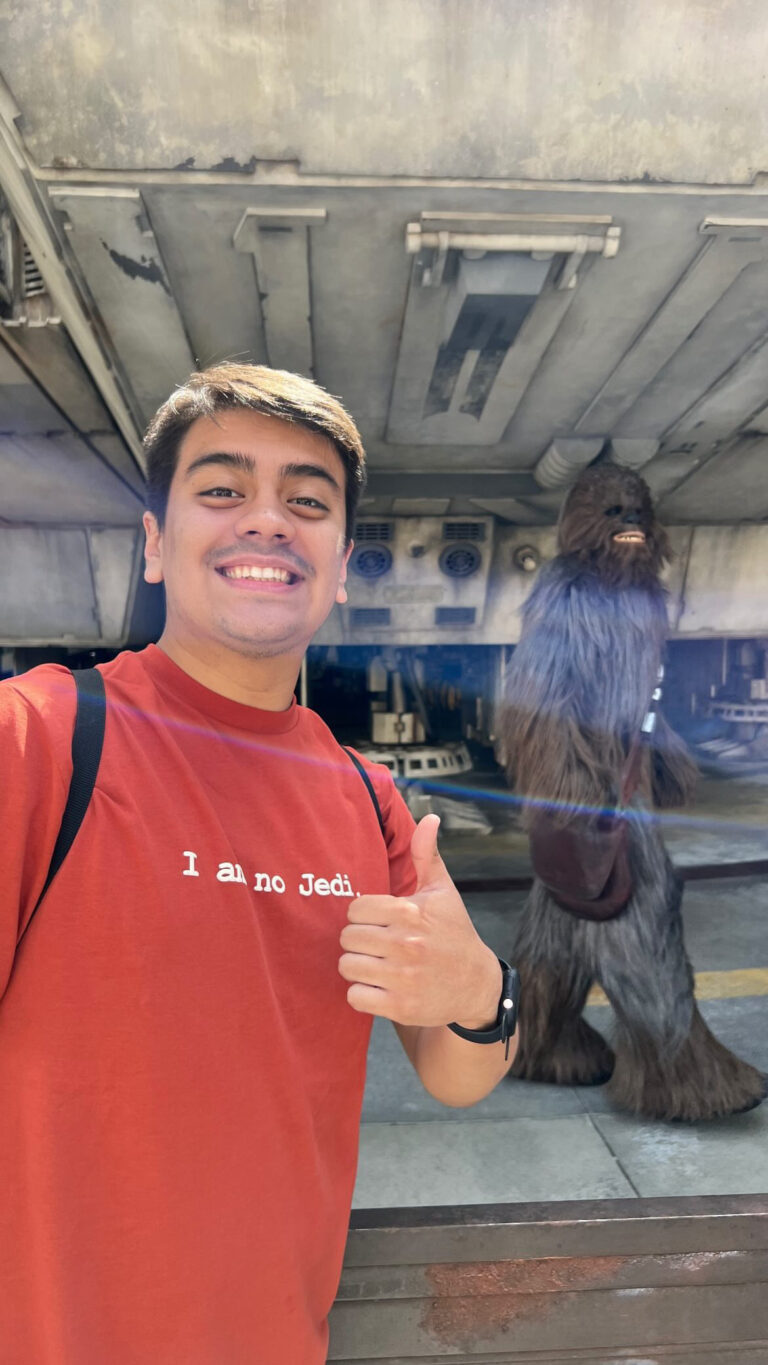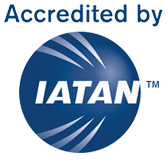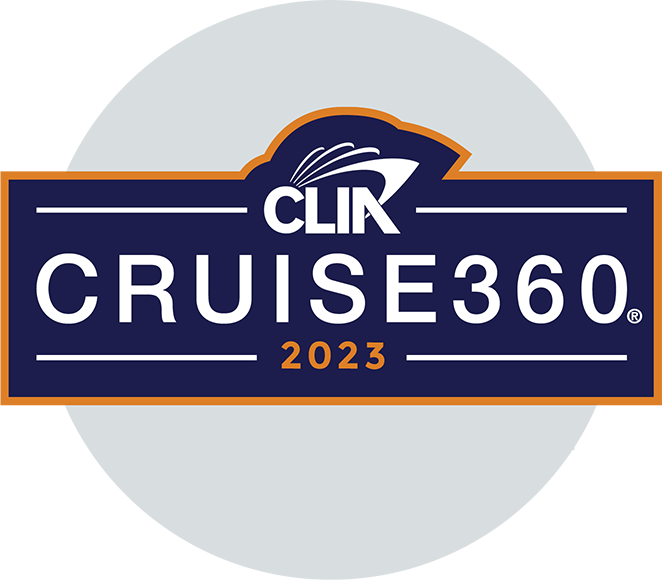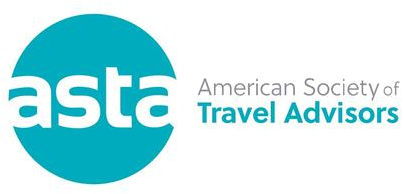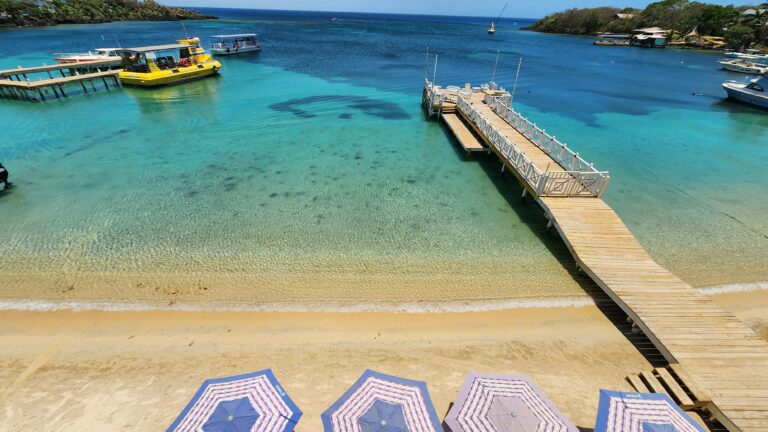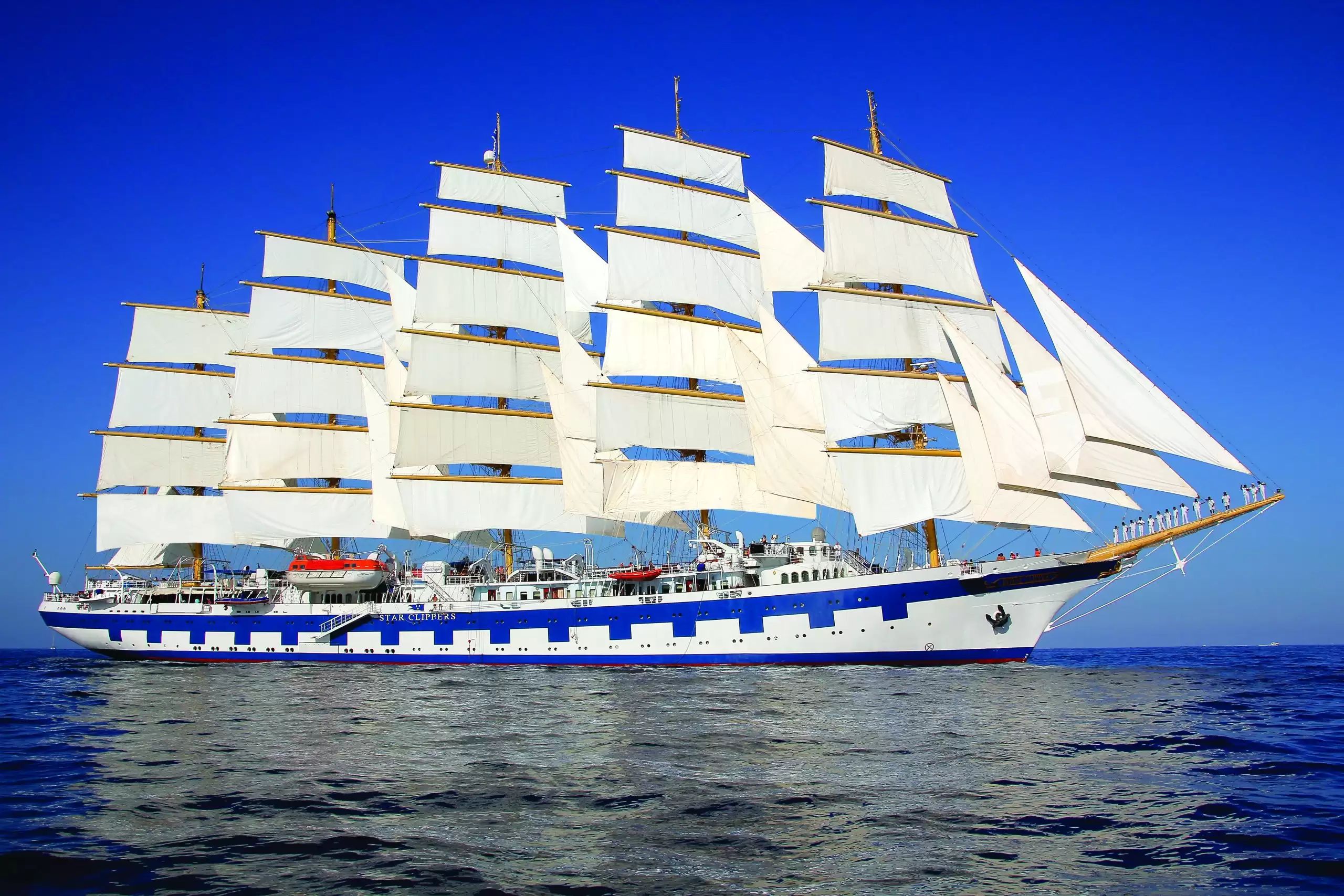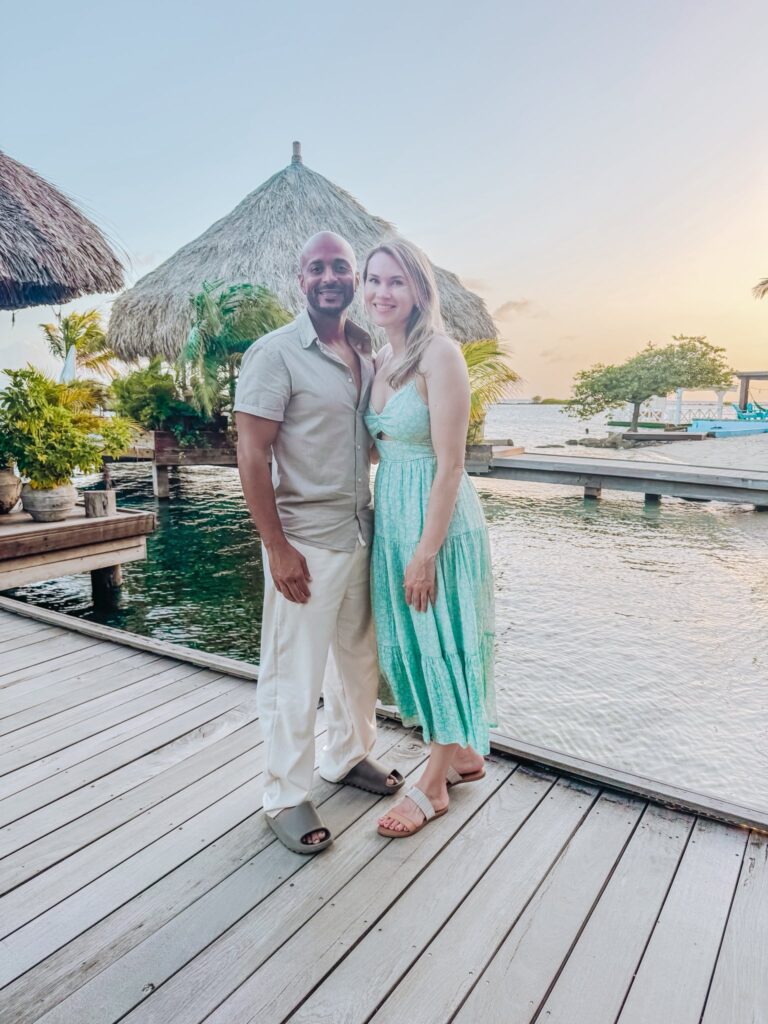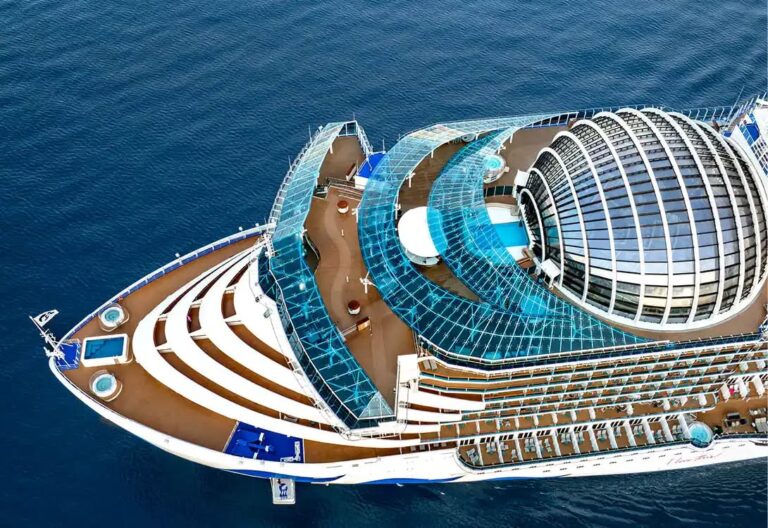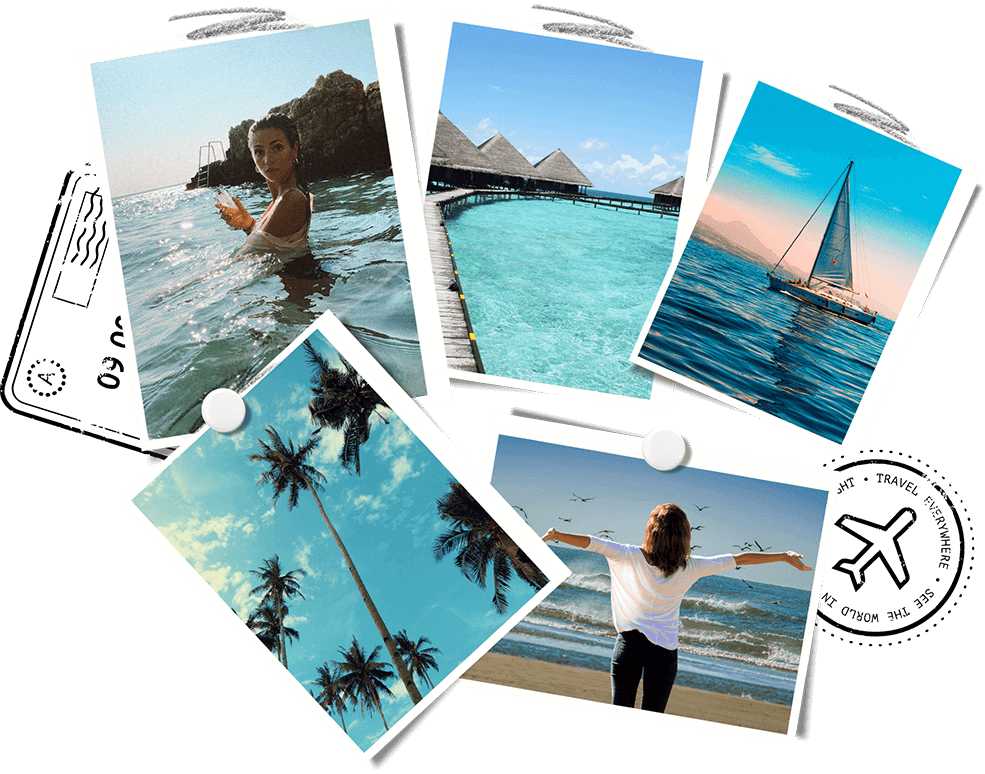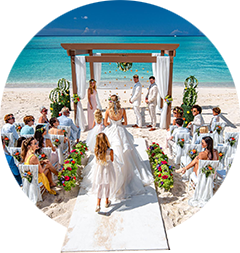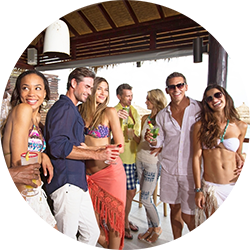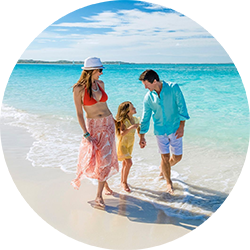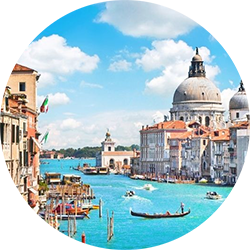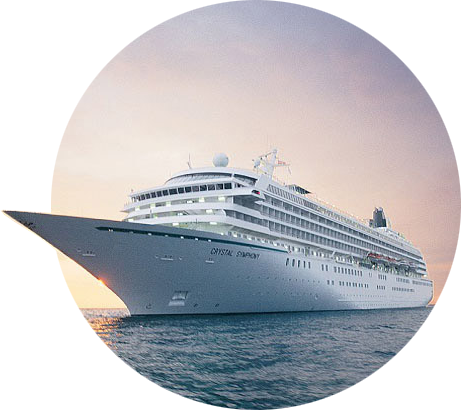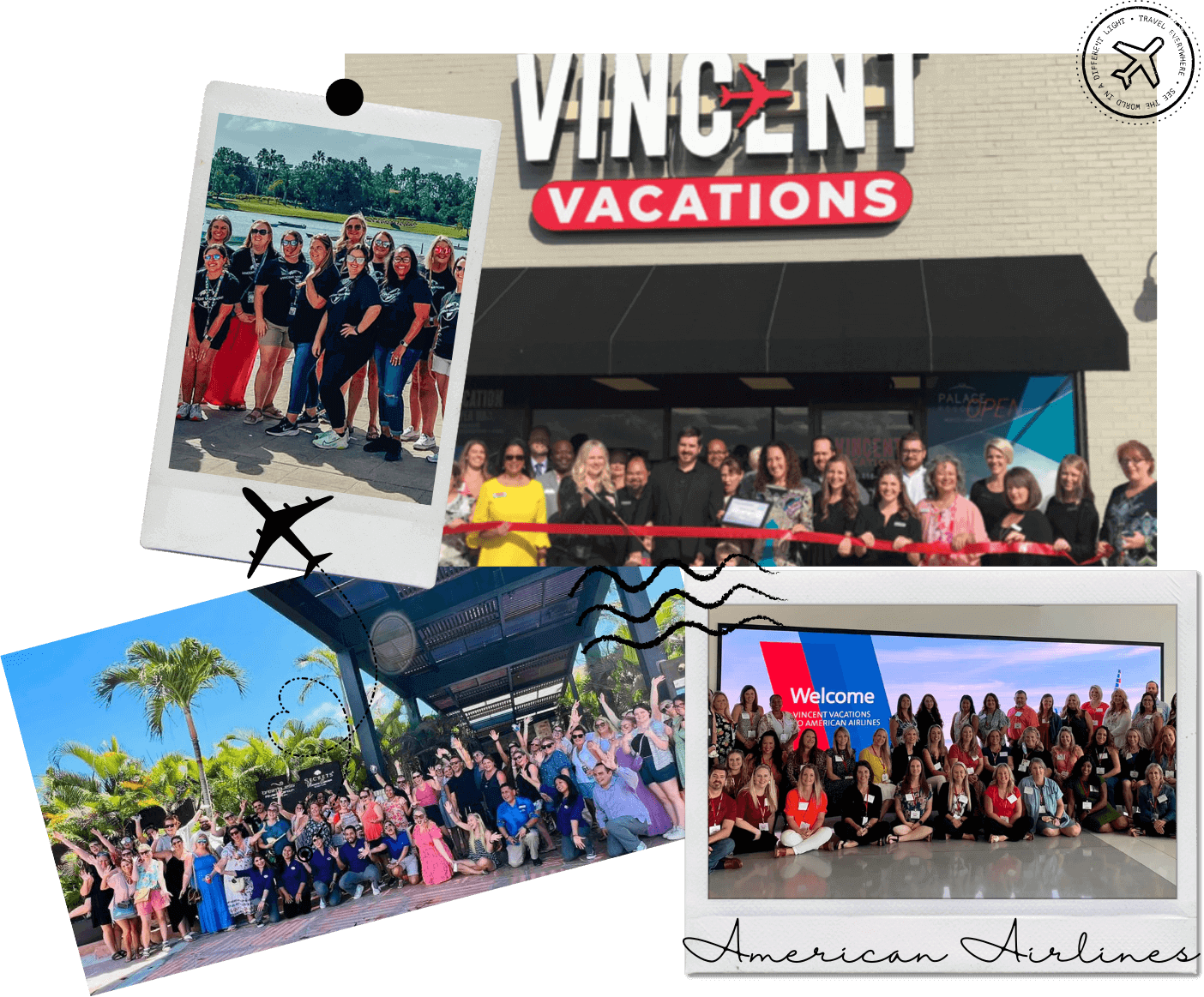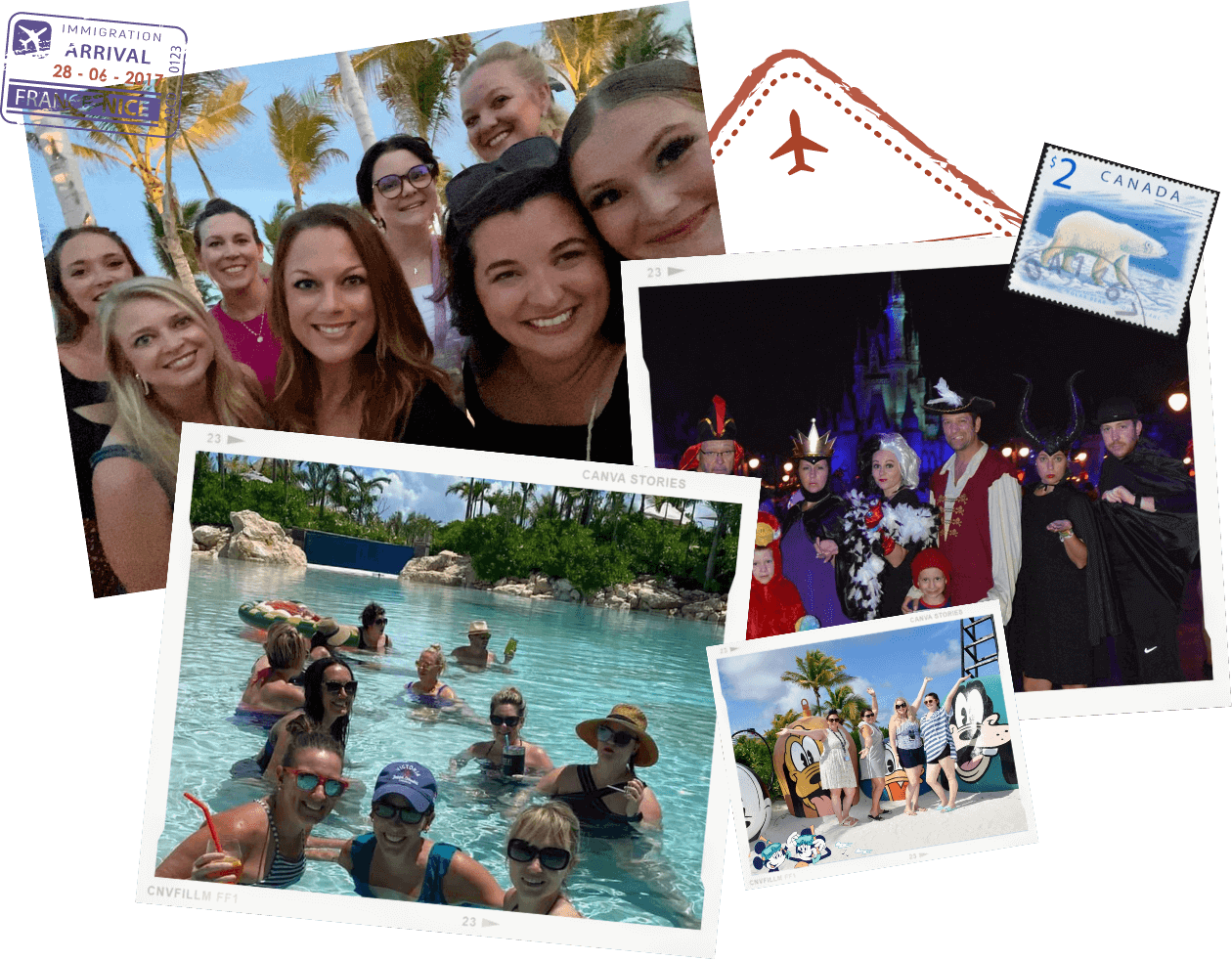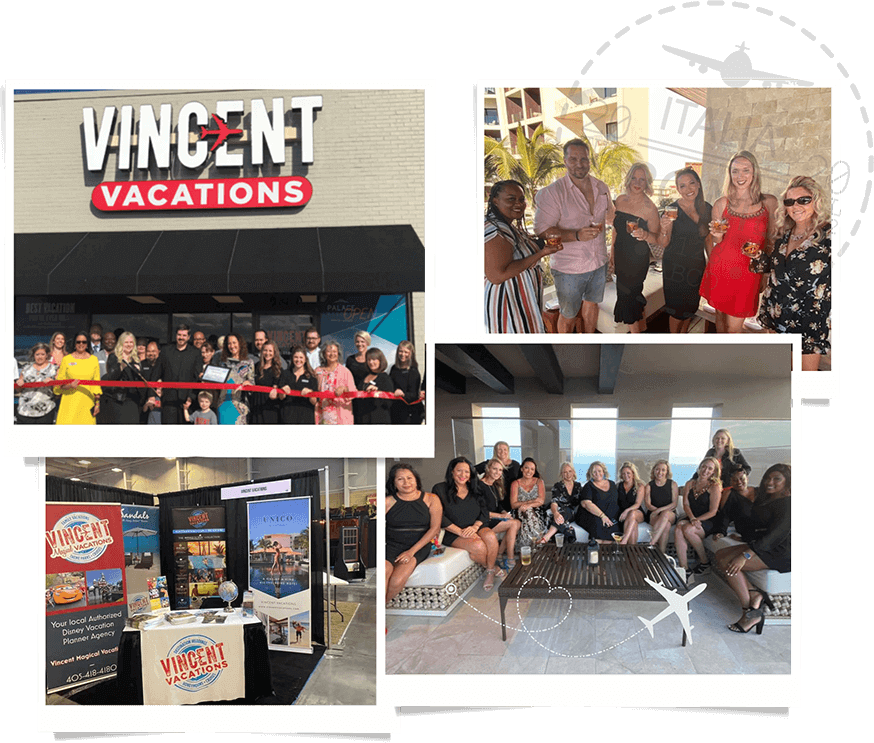Overview
Introduction
This island 185 mi/300 km northeast of Portland is best known as the summer home of former U.S. President Franklin D. Roosevelt. It's actually a part of New Brunswick, Canada, but the Roosevelt International Park is controlled and administered by a joint Canadian-U.S. commission. The park preserves the estate and the red cottage where Roosevelt relaxed and recuperated. The beautiful little sanctuary is a nice place to spend a few hours (http://www.fdr.net). Also on Campobello is Herring Cove Provincial Park, with campsites, a golf course, a lodge, a beach and hiking trails.
Just south of Campobello, back in Maine, is Quoddy Head State Park, which sits on the easternmost point of land in the U.S. The candy-striped West Quoddy Head Light, built in 1807, is the highlight of the park and can be reached by four different walking trails. (http://www.westquoddy.com). Also worth seeing is Cobscook Bay State Park (near Edmunds), an area known for its widely fluctuating tides. Amateur naturalists will have a great time at Moosehorn National Wildlife Refuge. It's a wildlife and migratory-bird refuge consisting of two units, one near Edmunds, the other 20 mi/32 km to the north (http://www.fws.gov/northeast/moosehorn).
Before leaving the area, drive around Cobscook Bay to Eastport (http://www.eastport-me.gov), a quiet seaport town full of buildings that date to the early 1800s. Leave time for a quick tour of Raye's Mustard Mill (http://www.rayesmustard.com), an authentic stone mill that once produced mustard for the town's sardine packers. Today, Raye's produces gourmet mustards (tastings available).
Overview
Introduction
Colombia's Gorgona and Malpelo islands are located on the Pacific Ocean, 216 mi/346 km west of Bogota and 38 mi/58 km west of the small landlocked coastal town of Guapi. Gorgona, Malpelo Fauna and Flora Sanctuary are UNESCO World Heritage sites.
Gorgona functioned as a high-security prison until 1984, the year it was officially designated a national nature park. The island owes its name (Spanish for a snake-haired gorgon, from Greek mythology) to the high volume and variety of snakes that inhabit it.
Remote and relatively unknown, Gorgona and Malpelo islands are the country's best diving and snorkeling spots, with rich coral reefs that extend around the islands to the edge of the white-sand beaches.
Most of the 7.5 sq mi/20 sq km island of Gorgona is shrouded by rain forest.
More than 155 kinds of birds, 12 types of bats, 15 kinds of reptiles and numerous types of snakes populate Gorgona and Malpelo islands. In addition, dolphins and sharks are abundant in the pristine waters. Between June and November, the islands are used as a base for whale-watching and, with some luck, listening to the beautiful melodies emitted by humpback whales that migrate from Antarctic waters to mate and birth.
Visits to the islands are strictly controlled by the environmental authorities. Visitors must obtain permission from a special unit of the National Natural Parks' Administration before perusing the islands. Exploration is limited to guided tours, and neither smoking nor alcoholic beverages is allowed. Maximum stay is four days and three nights. Yellow-fever vaccination and multipurpose antivenom serum are musts.
Colombian authorities strongly advise overnight visitors to remain at the base after 5 pm because of the risk posed by the high number of snakes after dark, when the use of rubber boots is mandatory.
This destination is most appropriate for experienced divers and ecologically conscious adventurers. The old prison facilities have been refurbished to accommodate only up to 90 visitors at one time: Plan well ahead. Electricity, drinking water, a phone and a restaurant cover the most basic needs.
Gorgona is not easy to travel to. The island is served by boats (approximately 12-16 hours) from the coastal city of Buenaventura. Since the road from Cali to Buenaventura on the Pacific coast is considered unsafe at times, your best option is a flight from Cali to the Pacific port of Guapi, from where a boat journey takes about 90 minutes. The boat crossing can be rough.
For more information, contact Aviatur in Bogota (phone 571-381-7111; http://www.aviatur.com). Aviatur has the concession to run the tourist facilities on the island, including diving excursions. Or visit the official Web site of Colombia's Natural Park Administration, http://www.parquesnacionales.gov.co.
Overview
Introduction
Malolo Island is home to several resorts and two small Fijian villages. Resort offerings include high-end properties for adults only as well as those of families, as well as more moderate options.
The island itself is largely undeveloped, and while there are trails linking the neighboring Malolo and Likuliku resorts, hiking around the island is discouraged.
Malolo is surrounded by a beautiful, fragile coral reef ecosystem. It is a protected marine sanctuary that aims to improve the fish stocks and allow natural regeneration of reef and marine life as part of responsible and sustainable tourism.
A visit to the village of Solevu is worth it to experience the deep respect that the Fijian people still hold for their land, history and traditions, and to observe their communal life.




